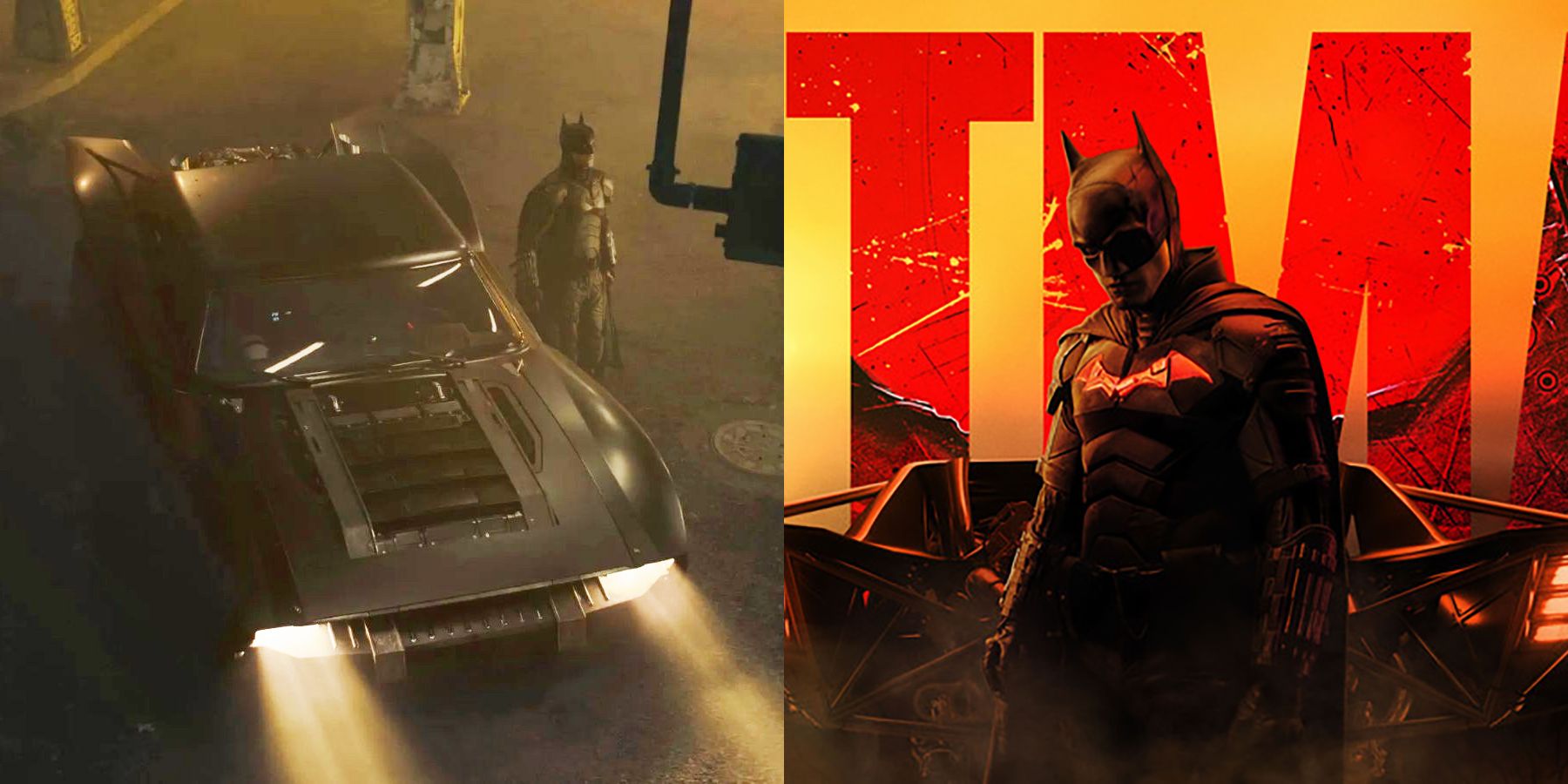The Batman officially made its much-anticipated arrival this past weekend, and the film's reception has been positive, with many praising the narrative for providing an authentic depiction of Batman and Gotham. The recognition, however, falls into the lap of director Matt Reeves and the film's production designer James Chinlund, who discussed the details behind designs, including the process behind the famous batmobile.
Chinlund and Reeves are no strangers to one another, having worked together on Reeves' previous films, including Dawn of the Planet of the Apes and War for the Planet of the Apes. When paired together, the duo strives to center their focus on grounding their worlds in reality, which was the approach to bringing The Batman to life. Reeves wanted audiences to feel the authenticity of Gotham as if it were a place that one could visit. Chinlund echoed the director's thoughts, disclosing their intention to create a world that felt very close and real.
One of the elements to stand out from the new rendition of the masked vigilante would be the batmobile, which has gone through many iterations over the decades. Chinlund and Reeves, however, wanted to keep the design simple, shying away from the gadgets present in other versions of the Batmobile. "It wasn’t going to be like a tank or a specialized weapon. He was not James Bond, he was a singular vigilante." expressed Chinlund while speaking with Variety. Chinlund indicated that his approach toward the cars design was sparked by Reeves desire to see the vehicle "relentless and motivated by a mission."
"Every design choice you see in the car is born out of the function required," stated Chinlund. For example, while watching the film, many will notice the reinforcements placed at the front of the car, which Chinlund indicated was necessary, so the vehicle could push through any obstacle that may lay in its path. However, the back of the vehicle is left relatively open because the area did not require protection. Early in the promotional rollout for The Batman, Reeves noted that he took inspiration from Stephen King's Carrie to support the design, which shines through the stylistic choices Chinlund made. It's interesting to hear the purpose behind specific components of the Batmobile and how simplicity can still create something memorable.
Chinlund also described the design process behind two specific places in the film; Wayne Manor and the Iceberg Lounge. "A lot of the previous Gothams have had Bruce situated in a mansion in the suburbs. He comes in to fight crime and goes back to the suburbs. Bruce is of the city, a part of the fabric," expressed Chinlund, which dictated design choices centered around the Batcave and the architecture of Gotham City. The Iceberg Lounge presented a challenge for Chinlund due to the complexity of its build. The club's levels of corruption needed focused attention, which led to a massive backlot build that included a maze of sets where events would be centered. However, the desire to get it right pushed Chinlund to bring the club-like atmosphere to life despite the complexity.
The Batman has many elements to revel in, but the production design set the stage for the narrative to bloom. Chinlund and Reeves had the opportunity to collaborate early in the film's development, giving their ideas room to flourish and evolve naturally. Understanding the concept behind specific designs opens avenues of exploration and prompts audiences to seek understanding around other design choices that Chinlund made. The Batman posted the biggest opening weekend numbers of 2022 so far, and it's hard to ignore the role the production design plays in capturing many people's attention.
The Batman is currently playing in theaters.
Source: Variety


.jpg)